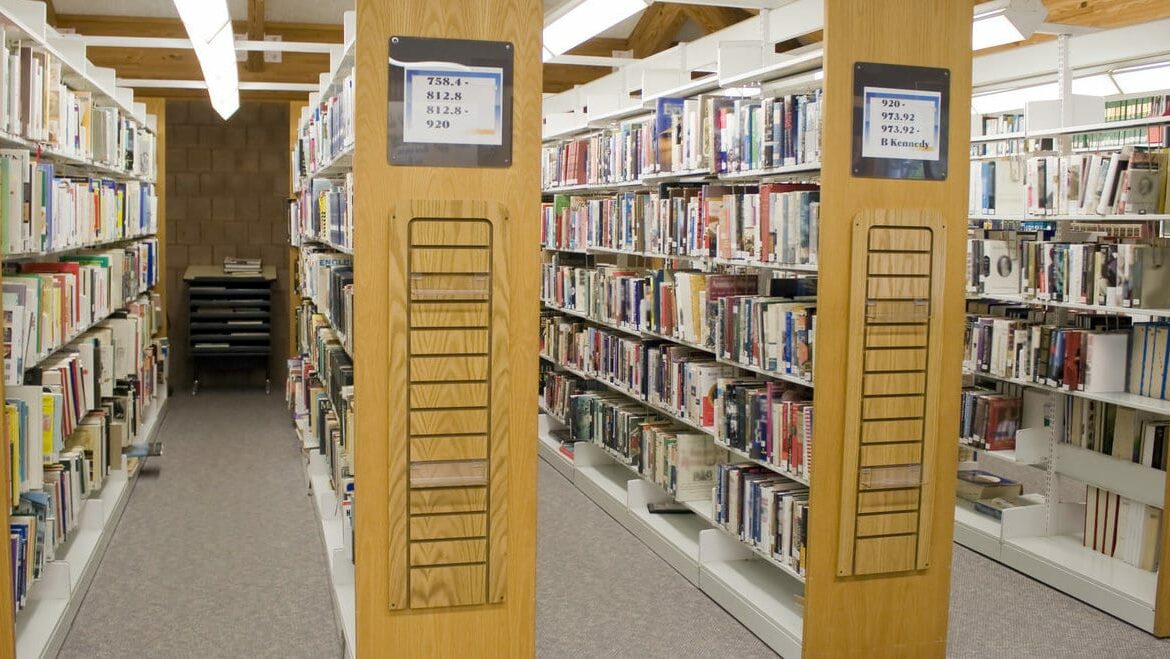Table of Contents
Global literacy scores are up, but not domestically
edCircuit Breakdown
Global literacy scores are up, according to the latest results from the Program for International Assessment (PISA), but scores in the U.S. have fallen from the 2011 levels. The slide in scores is for fourth-grade participants, and it is not considered to be statistically significant. However, what is troubling to some is the fact that four global education systems scored above the U.S. in 2011, while in 2016, 12 education systems outscored the Americans.
A group of lawyers representing students and teachers in California has sued the state over this literacy crisis, claiming the state isn’t doing enough to address the lack of reading skills in poorly performing schools and districts. According to the lawyers, of the 26 lowest performing districts in the country, 11 of them are in California.
In an effort to boost reading skills, a school in Baltimore is using “pet ambassadors” in the classroom. In this novel approach, students take turns reading to dogs, which organizers say boosts confidence in kids who are struggling. Anecdotally, the principal has seen the program boost the kids interest in picking up books, and she says the program is one piece of the puzzle to improve literacy skills and scores.
edCircuit Analysis
There is a stagnation in reading scores in the U.S., according to the study mentioned above. It is definitely a crisis in some schools and districts where kids struggle mightily with reading. It seems to be a never-ending battle to get reading scores up in some areas.
 Historically speaking, reading feels different now that it did in the past. And it looks different. Hard copy books are being replaced by screens in some cases, but that doesn’t mean that technology has taken over, it just means there are more ways for our kids to consume written communication.
Historically speaking, reading feels different now that it did in the past. And it looks different. Hard copy books are being replaced by screens in some cases, but that doesn’t mean that technology has taken over, it just means there are more ways for our kids to consume written communication.
It can also mean a richer reading experience. Pictures in a book can be replaced with video. Hyperlinks in text can provide links to information that can help put content in context. And instant communication allows kids to interact with peers, parents and teachers while they are reading to help personalize their learning experiences.
Author
 Jim Reams is a marketing, communications and strategy consultant with over 25 years experience in both in-house and agency settings. He has specialized in EdTech and the education industry since 2009.
Jim Reams is a marketing, communications and strategy consultant with over 25 years experience in both in-house and agency settings. He has specialized in EdTech and the education industry since 2009.


